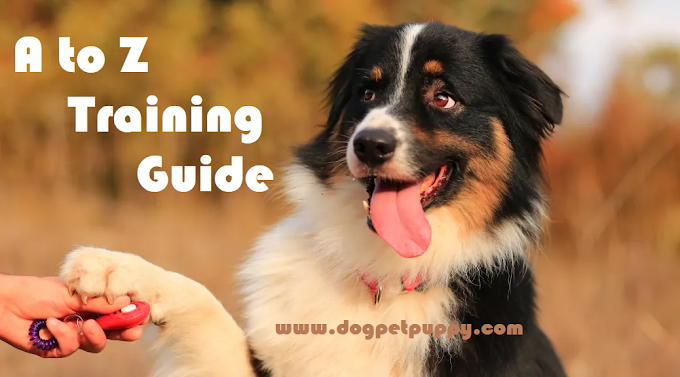Training Your Dog: Mastering Basic Clues and Commands
Introduction
Training your dog is not only essential for their well-being but also strengthens the bond between you and your furry companion. Teaching them basic clues and commands lays the foundation for good behavior, effective communication, and a harmonious living environment. In this article, we will guide you through the process of training your dog to understand and respond to fundamental cues.
1. Start with Positive Reinforcement
Positive reinforcement is a powerful training technique that involves rewarding your dog for exhibiting desired behavior. Use treats, praise, and affection to reward them immediately when they respond correctly to a clue or command. This encourages them to associate the behavior with positive outcomes, making them more likely to repeat it in the future.
2. Use Clear and Consistent Clues
Clues or verbal commands should be concise, easy to understand, and consistent. Choose simple words such as "sit," "stay," "come," and "down." Use a firm yet gentle tone of voice to convey your expectations. Repeat the clues consistently, associating them with the corresponding actions, and avoid using similar-sounding words for different commands.
3. Focus on One Cue at a Time
When training your dog, it's crucial to focus on one cue at a time. Start with basic commands like "sit" or "stay" before moving on to more complex cues. This allows your dog to grasp each clue and build a solid foundation before introducing new ones. Be patient and give them enough time to understand and respond correctly.
4. Break Down Training into Manageable Sessions
Dogs have limited attention spans, so it's essential to keep training sessions short and focused. Aim for multiple, brief sessions throughout the day rather than one long session. This helps prevent boredom and allows your dog to stay engaged and receptive to learning. Remember to end each session on a positive note.
5. Use Positive Body Language
In addition to verbal clues, dogs also respond to body language. Use consistent and positive body cues to reinforce your verbal commands. For example, when teaching the "sit" command, hold a treat above their head, and as they naturally look up, gently press their hindquarters down. This combination of verbal and physical cues helps your dog understand what you want them to do.
6. Gradually Introduce Distractions
As your dog becomes proficient in responding to cues and commands in a controlled environment, it's important to gradually introduce distractions. Start with mild distractions, such as low-level noises or mild movements, and reward your dog for staying focused on you and following the command. Over time, increase the level of distractions to enhance their ability to concentrate and obey commands in various situations.
7. Practice Patience and Consistency
Training your dog requires patience and consistency. Dogs learn through repetition and reinforcement. Be patient with your furry friend, and avoid getting frustrated or resorting to punishment. Consistency is key to their understanding and retention of cues and commands. Stick to a routine, use the same clues and rewards, and reinforce the training consistently to reinforce their learning.
8. Seek Professional Help if Needed
If you encounter challenges during the training process or if your dog is displaying persistent behavioral issues, don't hesitate to seek professional help. Professional dog trainers have the expertise to address specific challenges and provide tailored guidance to ensure effective training and behavior modification.
Conclusion
Training your dog to understand and respond to basic clues and commands is a rewarding and essential endeavor. By using positive reinforcement, clear communication, and consistency, you can establish a strong foundation of obedience and strengthen the bond between you and your canine companion. Remember to be patient, practice regularly, and seek professional assistance when necessary. With time, patience, and a sprinkle of love, your dog will become a well-behaved and delightful companion.
✨ We hope this article helps you in training your dog to respond to basic clues and commands. Happy training and may you enjoy a wonderful journey with your four-legged friend! ✨



